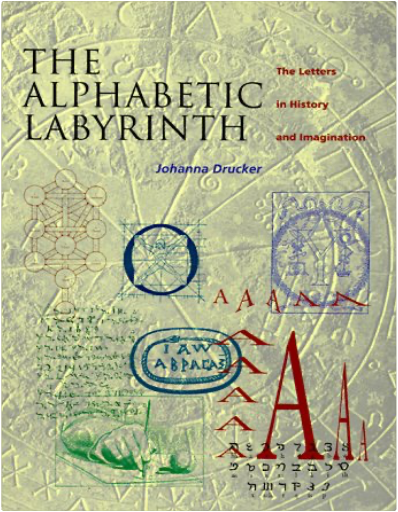 The letters of the alphabet have been the object of speculation since their invention almost 4000 years ago. The symbols represent sounds, yet they exist in their own right, often invested with quasi-magical power. This book examines the many imaginative, often idiosyncratic ways in which the letters of the alphabet have been assigned value in political, spiritual, or religious belief systems over two millennia. The birth of writing was linked to religion and cosmology and was endowed with semi-divine status. Plato saw letter-forms as reflecting ideas, while the Pythagoreans assimilated them to number-theory. The Greeks employed letters for occult and divinatory purposes, while the Romans used them in more practical ways, such as the invention of shorthand. The Middle Ages saw the rise of further theories about letters in Christian philosophy, alchemy and Kabbalah. Theories of their divine origin and mystical significance continued into the 18th and 19th centuries, becoming involved with nationalism and revolutionary political theory. In our own day letters of the alphabet are the subject of scholarly research, and inspiration to graphic artists and a fertile field for mystical speculation. This book explores this realm, and should be of interest to cultural historians, art historians, and anyone interested in the history of typography. 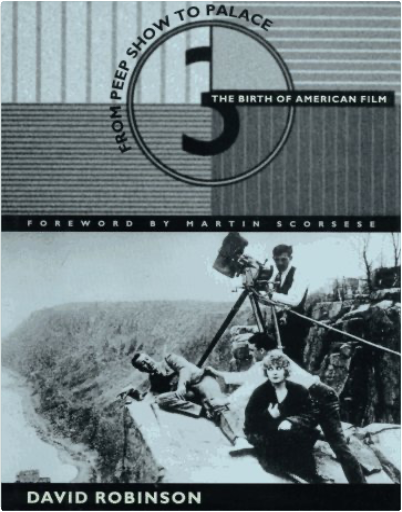 One hundred years ago, the crude realism of early cinematic exercises caused shockwaves among audiences - some even panicked. "On one occasion", read a news report from the time, "an old lady in the audience, quite unable to suppress a scream, started up in her seat and tried to scramble out," knocking over others on her way. This sort of reaction was not uncommon - on a screen that might have featured nothing more than minute-long dips of a running horse or a moving train, what modern viewers might see as a pale shadow of the explosive, full-colour blockbusters of 1995. This work recounts the enchantment of the early years of film, a trajectory which began with the "magic lantern" in the 17th century and progressed rapidly from 1893 to 1913, when the modern motion picture was born. It offers an account of the haphazard process which was the birth of American film. Including more than 150 drawings and photographs of the earliest devices of cinematic prehistory - colourful names like the thaumotrope, the phenakistiscope, the stroboscope, the Wheel of Life - the book leads readers along the winding path of missteps and innovation that led to the filmmaking technology we know today. In his pictorial essay, the author shows readers how these early gadgets actually worked and describes the shortcomings that led inventors to try, try again. He chronicles the early use of film as vaudeville sideshow, where it ran alongside contortionists, strongmen, performing animals and jugglers. He documents an age when the sheer spectacle of moving images precluded any notion of plot development or drama. The text goes on to describe fledgling dramatic efforts, ranging (without much variation of treatment) from prize-fights to Passion plays, which brought audiences back to the theatres in record numbers after they became bored with clips like "Moving Train". It takes a look at the nickelodeon theatres - the rise of venues with names like Nickolette, Dreamland, Theatorium, and Bijou Dream - the first places where cinema was the feature presentation. 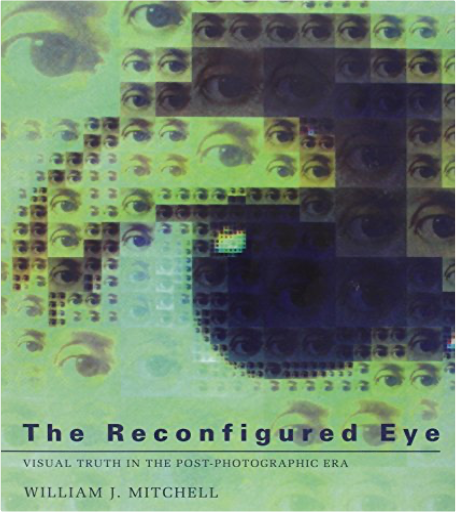 "An intelligent and readable approach to the digitization of images.... A useful overview of a critical subject."— New York Times Book ReviewEnhanced? Or faked? Today the very idea of photographic veracity is being radically challenged by the emerging technology of digital image manipulation and synthesis: photographs can now be altered at will in ways that are virtually undetectable, and photorealistic synthesized images are becoming increasingly difficult to distinguish from actual photographs.Continuing William Mitchell's investigations of how we understand, reason about, and use images, The Reconfigured Eye provides the first systematic, critical analysis of the digital imaging revolution. It describes the technology of the digital image in detail and looks closely at how it is changing the way we explore ideas, at its aesthetic potential, and at the ethical questions it raises. 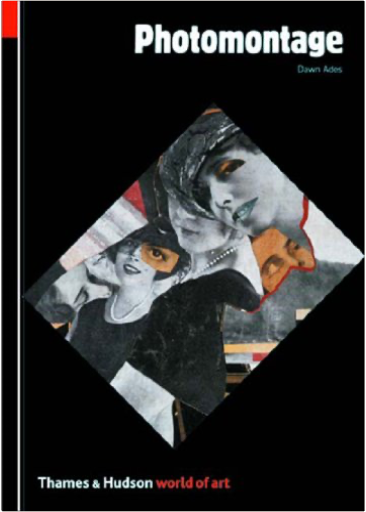 Manipulation of the photograph is as old as photography itself: it has been used in political propaganda, and has also embodied or enlivened satire, publicity and commercial art; it has created evocations of the "brave new world" of the future, and surrealist and fantastic visions. Photomontages were made by, among others, the Dadaists, Heartfield, Lissitzky, Rodchenko and Max Ernst, and many of them are reproduced here for the first time in this newly revised and updated edition. 203 illus. 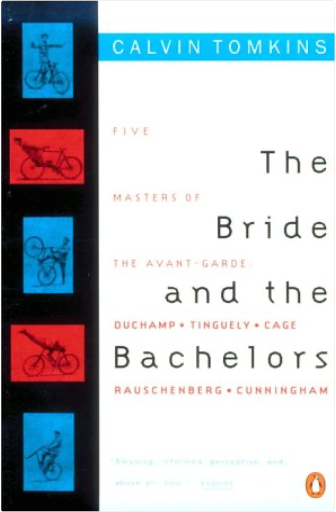 This item is only available from third-party sellers.  What does it mean to write "This is not a pipe" across a bluntly literal painting of a pipe? René Magritte's famous canvas provides the starting point for a delightful homage by the French philosopher-historian Michel Foucault. Much better known for his incisive and mordant explorations of power and social exclusion, Foucault here assumes a more playful stance. By exploring the nuances and ambiguities of Magritte's visual critique of language, he finds the painter less removed than previously thought from the pioneers of modern abstraction—"confronting them and within a common system, a figure at once opposed and complementary." | 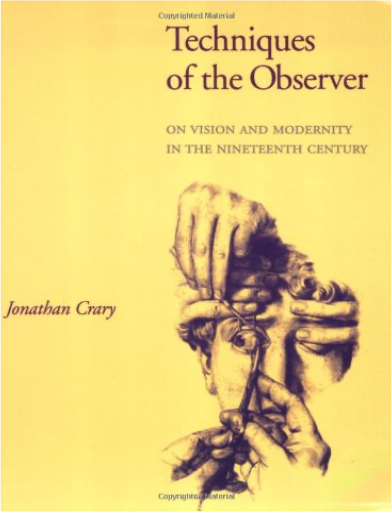 In Techniques of the Observer Jonathan Crary provides a dramatically new perspective on the visual culture of the nineteenth century, reassessing problems of both visual modernism and social modernity. 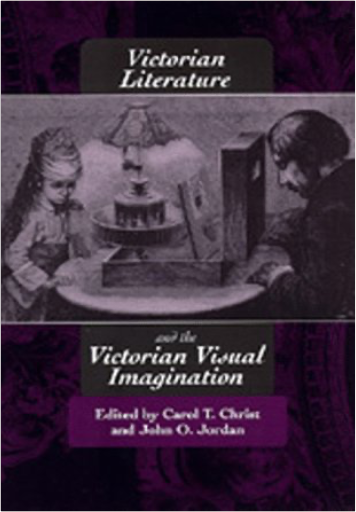 Nineteenth-century British culture frequently represented the eye as the preeminent organ of truth. These essays explore the relationship between the verbal and the visual in the Victorian imagination. They range broadly over topics that include the relationship of optical devices to the visual imagination, the role of photography in changing the conception of evidence and truth, the changing partnership between illustrator and novelist, and the ways in which literary texts represent the visual. Together they begin to construct a history of seeing in the Victorian period. 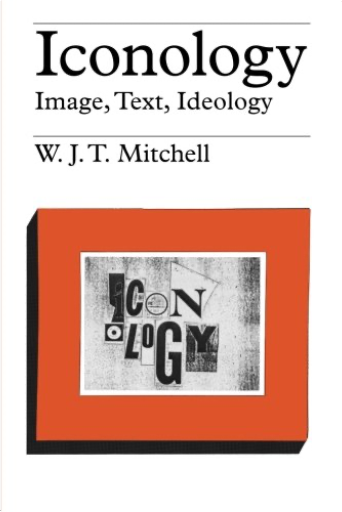 "[Mitchell] undertakes to explore the nature of images by comparing them with words, or, more precisely, by looking at them from the viewpoint of verbal language. . . . The most lucid exposition of the subject I have ever read."—Rudolf Arnheim, Times Literary Supplement 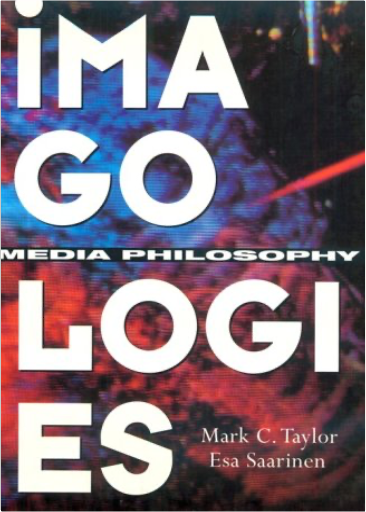 Imagologies: Media Philosophy is no ordinary book. Provocative, irritating and stimulating, this is a work to be engaged, questioned and pondered. As the web of telecommunications technology spreads across the globe, the site of economic development, social change, and political struggle shifts to the realm of media and communications. In this remarkable book, Mark Taylor and Esa Saarinen challenge readers to rethink politics, economics, education, religion, architecture, and even thinking itself. 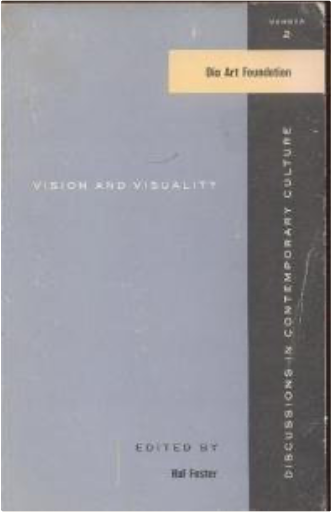 A Village Voice Best Book of the Year, this seminal work presents new models of vision and examines modern theories of seeing in the context of contemporary critical practice. 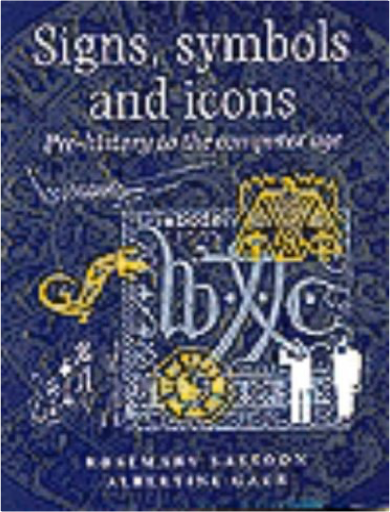 Book by Gaur, Albertine, Sassoon, Rosemary 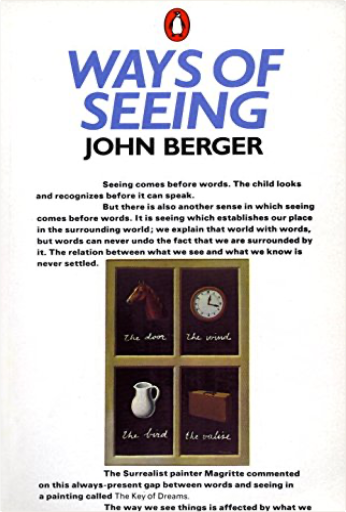 John Berger’s seminal text on how to look at art |

library 101720
Collection Total:
1,127 Items
1,127 Items
Last Updated:
Oct 17, 2020
Oct 17, 2020

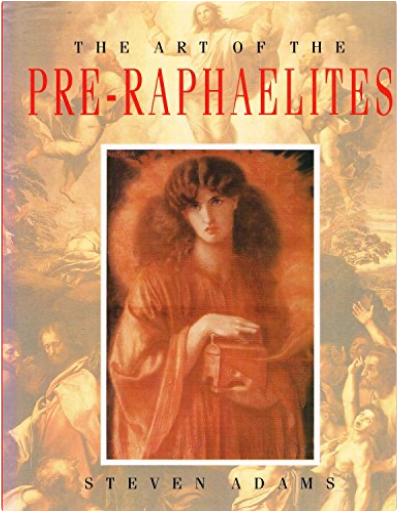
 Made with Delicious Library
Made with Delicious Library